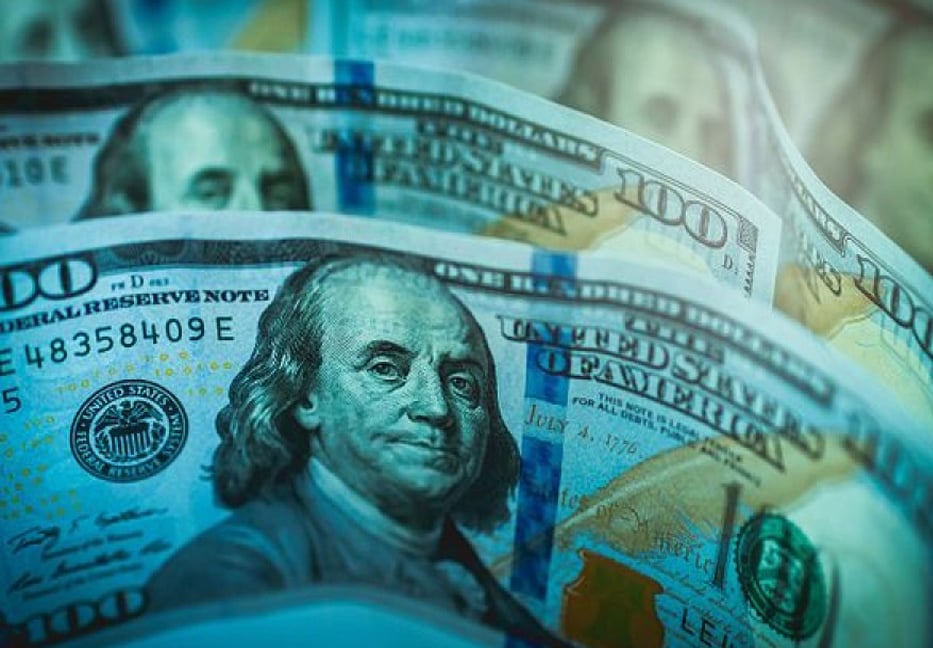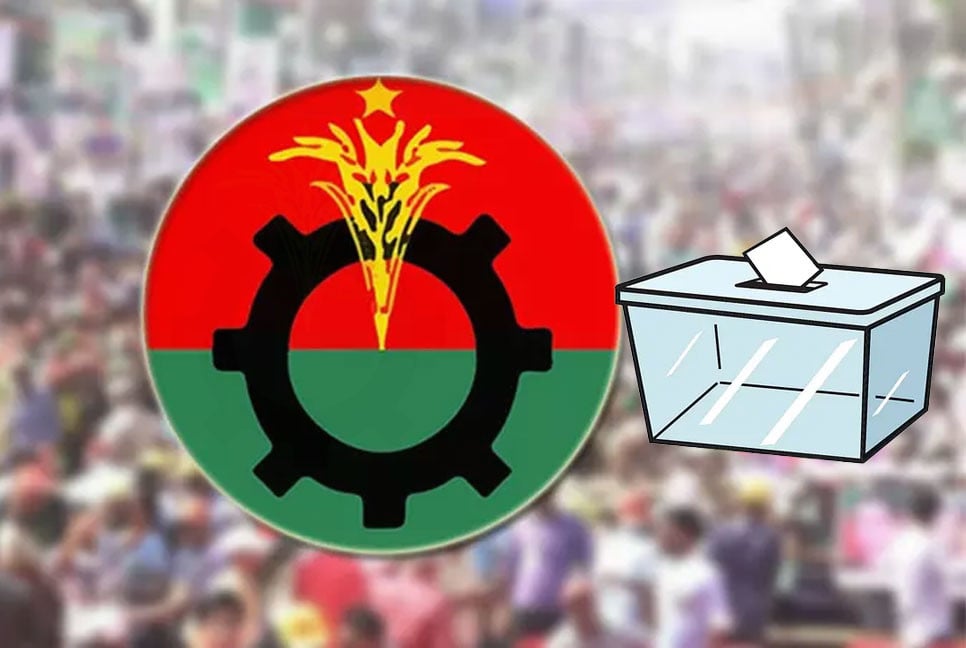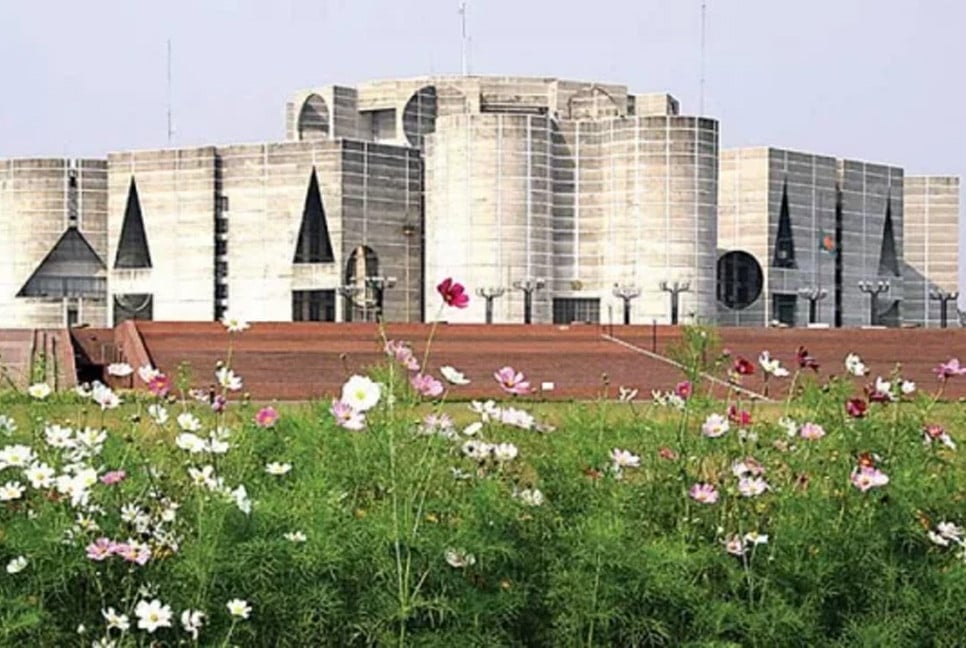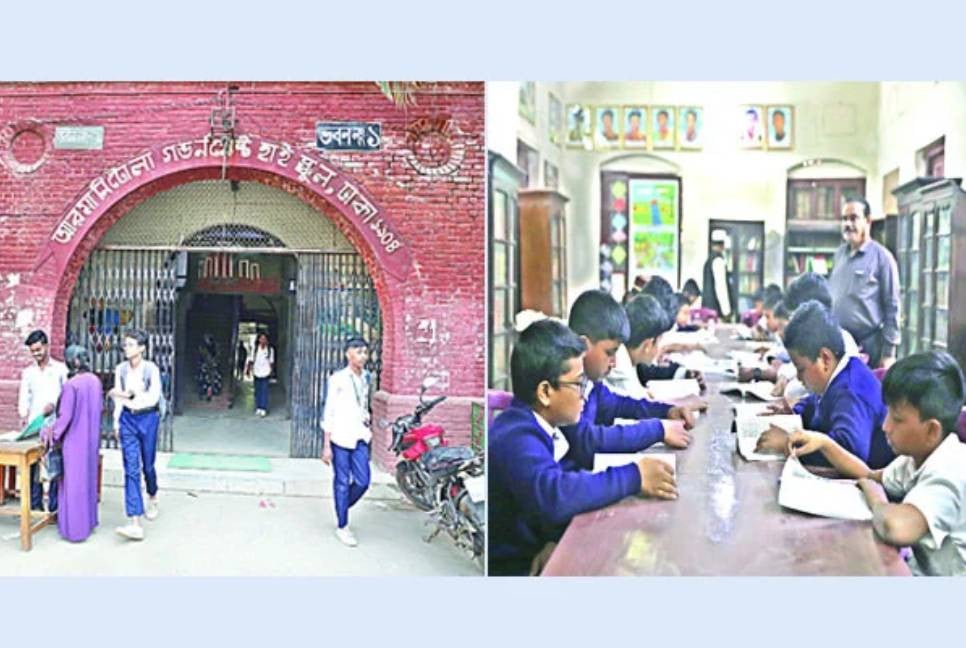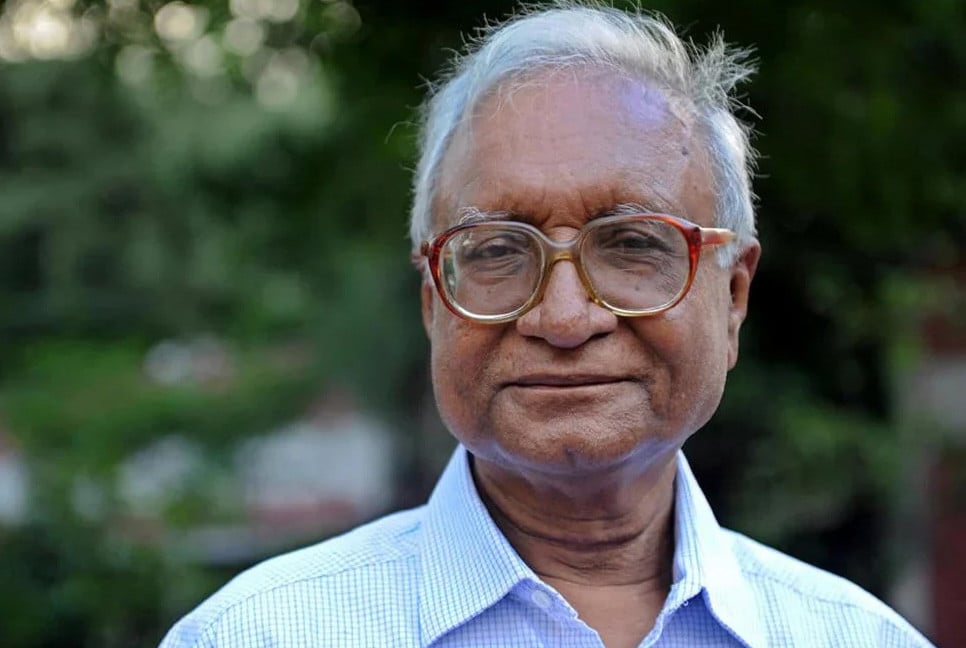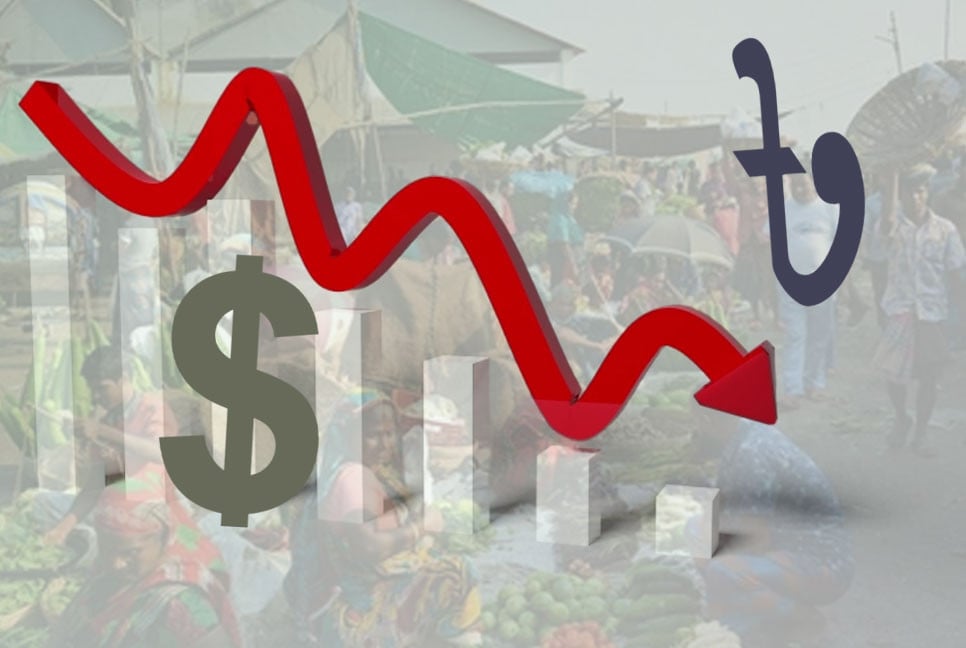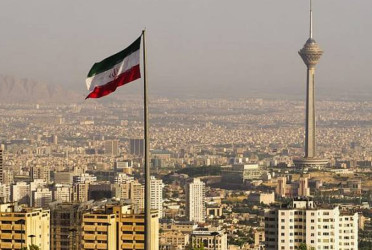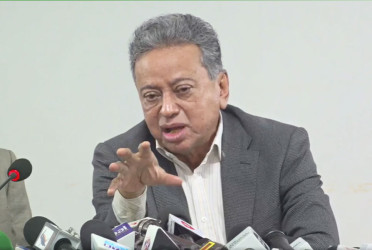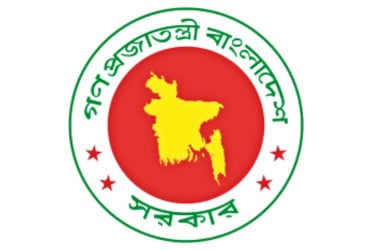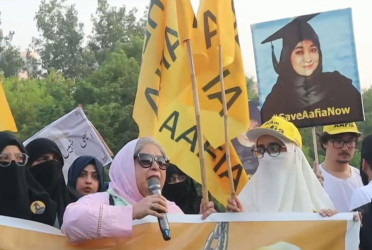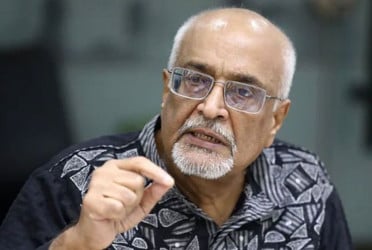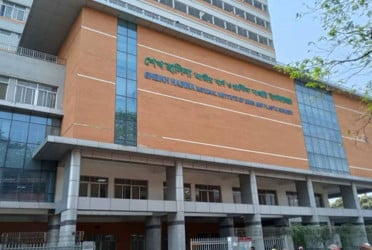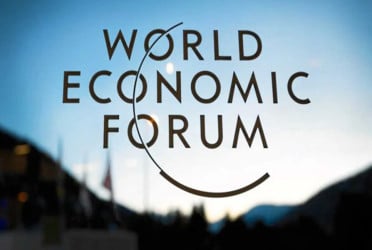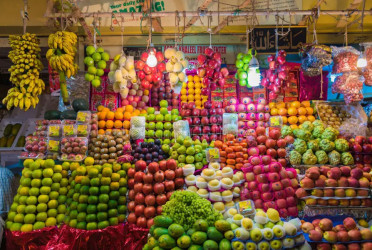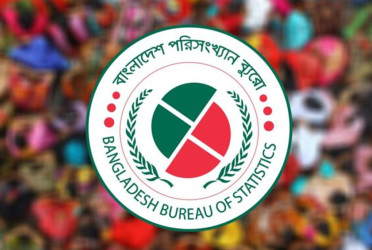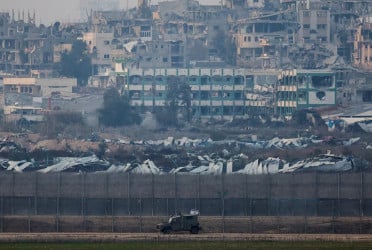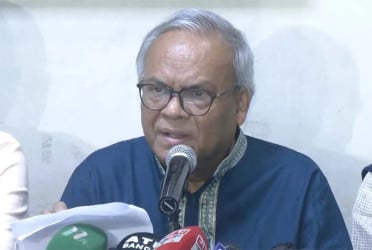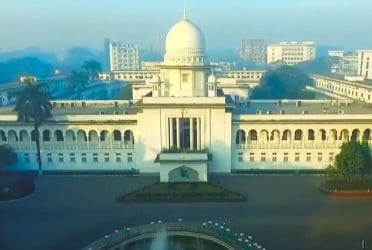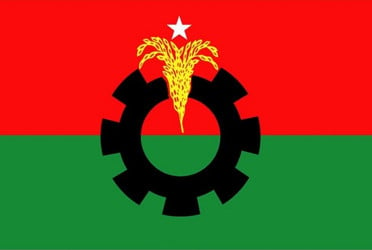A total of $112 crore foreign loans have been paid in the first six months of current fiscal year 2022-23. Bangladesh never had to pay such a big amount of foreign debt. In the rest of this fiscal year, Bangladesh has to pay at least $ 166 crore. Thus, at the end of the current fiscal year, the total paid amount of foreign loan will become $278 crore.
The resulted amount is a big pressure on economy, and more than that it will create huge pressure on dollar, as the price of dollar are continuously increasing against the price of Taka. This is an enormous problem since the dollar crisis has been becoming intense with the time and the foreign currency reserve has been declining simultaneously.
In this circumstance, Bangladesh has to pay foreign loans of $350 crore in upcoming fiscal year of 2023-2024, which will be enlarged to $402 crore in 2024-25. In this consequence, $515 has to be paid in 2029-30. However, the pressure of loan payment will be reduced after that fiscal year.
The above mentioned information has been revealed from the sources of the finance and the economic relationship department of the government. The same estimation of foreign loan payment has been done in three-yearly budget planning of the government.
Many mega structures have been constructed in Bangladesh in last decade. Among these, there’re Padma Bridge, Metrorail, Padma Rail Bridge, Matarbari Power Plant, Tunnel under the Karnaphuli River, Third Terminal of Airport, Payra Sea Port, Rooppur Nuclear Power Plant etc. Building all of these mega structures involves foreign debts, except the Padma Bridge which was constructed by self-financing. The grace period of those loans are about to end.
In this regard, former chief economist of World Bank Dhaka office, Dr Zahid Hossain told The Bangladesh Pratidin, “Some qualifications are needed to get these loans, while the matter of paying debt is surely a big pressure. However, the proper economic management and good governance in finance sector works as the catalysts for having the capability of paying foreign loans. The infrastructure of our economy is not weak, but some sensitive events take place within it, which make the economy feeble. In addition, the matter of paying foreign debts depends a lot on foreign currency reserve. Hence, steps required to make the path of earning foreign currency much smoother.”
In 2026, when Bangladesh will become middle income country, then this pressure will normally be increased, he thinks.
Meanwhile, recently, IMF approved 4.7 billion dollar loan for Bangladesh and its first installment was also released. The government also expect loan from World Bank, ADB, along with donor agencies and developed countries. The grace period of previous loans will be end within 2024. Hence, the pressure of loan payment will be doubled in mid of 2024.
According to a report of ERD, in current fiscal year $278 crore has to be paid and the amount will be increased each year. The pressure of paying debt amount taken from countries like China, Russia and India will increase further. The amount of paying debt will be double in next three years. As the grace period of loans from China and Russia will be over in next 1.5 to 3 years, the pressure of repaying debt will be increased as a normal consequence.
According to the information of ERD, in 2021-22 fiscal year, the amount of paid debt was $ 201 crore, which will be more than $350 crore in 2023-24. From the above mentioned three countries, a total of $3,628 crore loan has been taken in last 10 years, which is equal to Tk 300,000 crore in present market value. Among this, China is providing 1,754 crore for 12 projects, Russia is providing 1,138 crore for Rooppur Nuclear Power Plant and India is providing $736 in three LOC (line of credit). Bangladesh has to be prepared for paying these mega debts. According to former Bangladesh Bank governor Dr Salehuddin Ahmed, there’s no alternative for Bangladesh other than increasing the income in foreign currency.
@The report was published in Bengali on print and online versions of The Bangladesh Pratidin on February 7 and rewritten in English by Lutful Hoque

